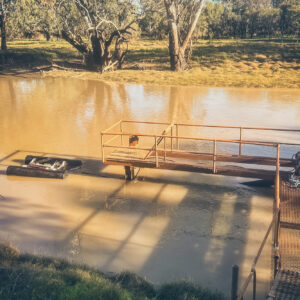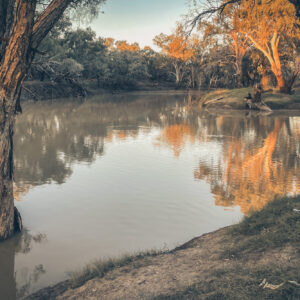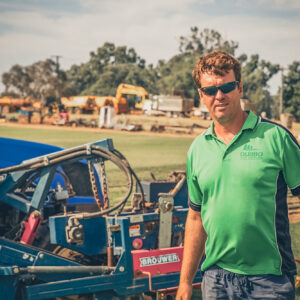Fish screens: a $3.7 billion boost for regional towns
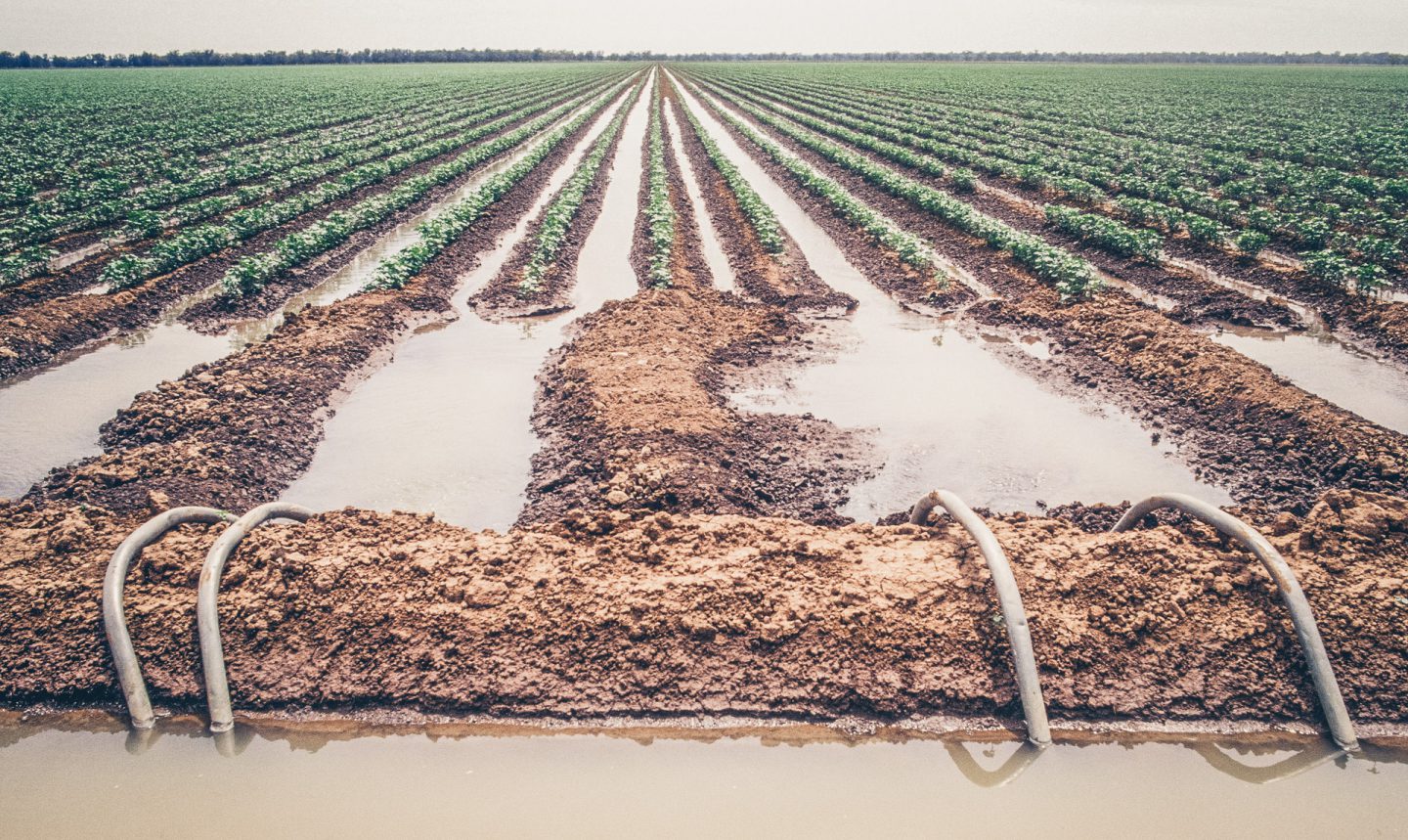
The value proposition of modern screening is diverse.
By Craig Boys and Tom Rayner.
Broad-scale uptake of modern screens could deliver significant environmental, economic and social benefits for regional towns.
More fish, better fishing and stronger tourism
Based on the evidence of fish losses, and the sheer number of diversions across Australian waterways, addressing this issue has potential to translate into huge improvements in native fish populations. This would support ecosystem recovery and drive both economic and social benefits.
More native fish and healthier rivers means better recreational fishing. In the Murray-Darling, recreational fishing contributes AUD$403 million to Australia’s GDP and nearly 11,000 jobs in regional communities.
There is also an increasing awareness of the mental health benefits of being able to experience a healthy river, undertake cultural practices, fish for food, or be a part of a fishing club. These social benefits are often undervalued, but are becoming increasingly significant for community wellbeing.

Wetting a line on the river is a key recreational activity.
Dollars saved on the farm
Modern screens are have potential economic benefits for farmers and other water users. Reducing the amount of debris in the supply decreases wear and tear on pumping infrastructure and reduces blockages of filters, siphons and sprinkler heads.
Ian Bryant, a Lachlan River irrigator, replaced two pumps due to damage from high debris loads before upgrading his screen to a fine-mesh modern screen. Ian Pengilly, also on the Lachlan River, would spend a ‘couple of hours a day’ dealing with blocked centre pivot sprinklers. Since modernising, he spends less time unblocking sprinklers, reports more even distribution of water across his entire crop and can pump water from extremely dirty river conditions when many of his neighbours cannot.
Many water users already have some form of primary filtration (i.e., filters, not screens) on the downstream or pressure side of their pump. Not only do these filters offer no fish protection, but they can become blocked within hours, requiring regular back flushing. Jim Porker, a citrus irrigator on the Lower Darling River recently installed a modern screen on his intake. He noted that the $20,000 intake screen was a more cost-effective way of keeping the drip lines to his citrus trees clear, than the $125,000 sand filter he used previously.
Placing filtration on the pressure side of the pump reduces pipe pressure and the energy efficiency of the pump, costing money and reducing performance. In contrast, dealing with debris at the foot valve in the river using a modern screen can return significant savings to the water user, whilst protecting fish.
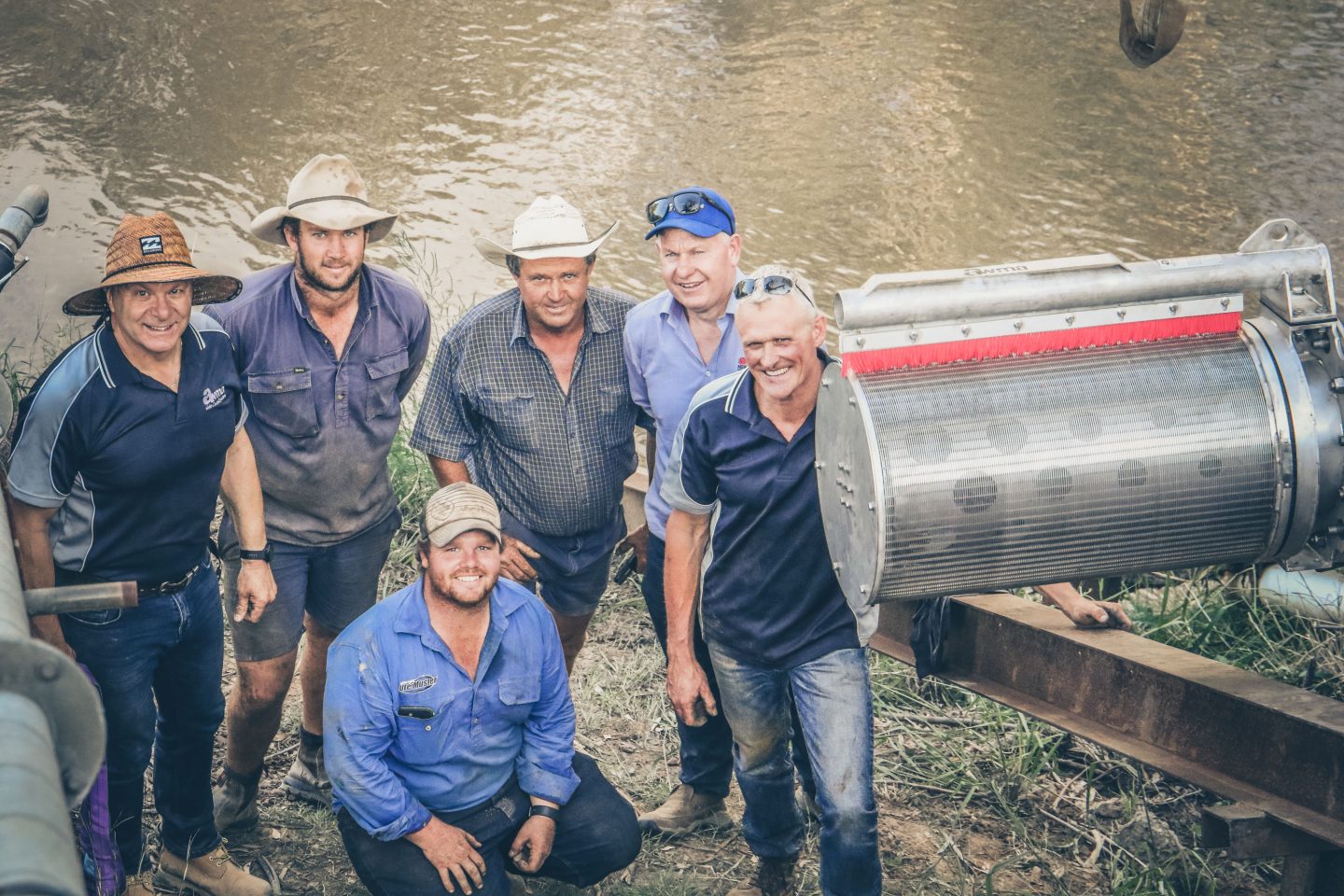
Ian Bryant (third from right) celebrates his modern pump screen.
Benefits to farmers are therefore tangible and can be measured. For example, a Farmer’s Screen was installed at a 390 ML/day diversion to the Three Sisters Irrigation District in Oregon, United States. By reducing debris entrainment, the district was able to convert 11 km of open channel to pressurised pipe, install one megawatt of hydropower and install more water efficient centre pivots and micro irrigation systems. As a result, the district diverts 40% less water to irrigate the same area of crop and has removed 147 pumps from their system, leading to substantial power and maintenance savings.
Local manufacturing and retail jobs
Screen modernisation has benefits that extend beyond fishing and farming. The United States experience demonstrates that screen construction and installation can become a huge manufacturing stimulus to regional economies.
In Australia, screen modernisation can become a multibillion-dollar industry, supporting jobs in the design, fabrication, logistics and civil engineering sectors. In NSW alone, based on 4,500+ licensed pumps and considering their various sizes, NSW DPI researchers have estimated that the total market potential for pump screens alone is AUD$3.7 billion. This is for one state alone and does not include the significant number of gravity-fed diversions that require screening.
These economic benefits are already being reported in regional Australia. Two years ago, AWMA Water Control Solutions, based in Cohuna Victoria, started manufacturing different USA-designed proprietary screens for Australian and New Zealand markets. They have now installed over 30 fish-protection screens throughout the Murray-Darling Basin and New Zealand.
Recently, AWMA was awarded a $5 million contract to design and manufacture one of the largest fish exclusion systems in the world. Managing Director of AWMA, Brett Kelly points out that, “By moving into fish screens, AWMA is doing so much more than protecting fish: we are growing a new industry sector that is bringing new jobs and new revenues broadly to Australia, but specifically to regional Australia”.
“Through our experience to date we have calculated that from every $1 million of screens designed, manufactured and installed, it equates to the full-time employment of five people directly and two indirectly”, Mr Kelly said.
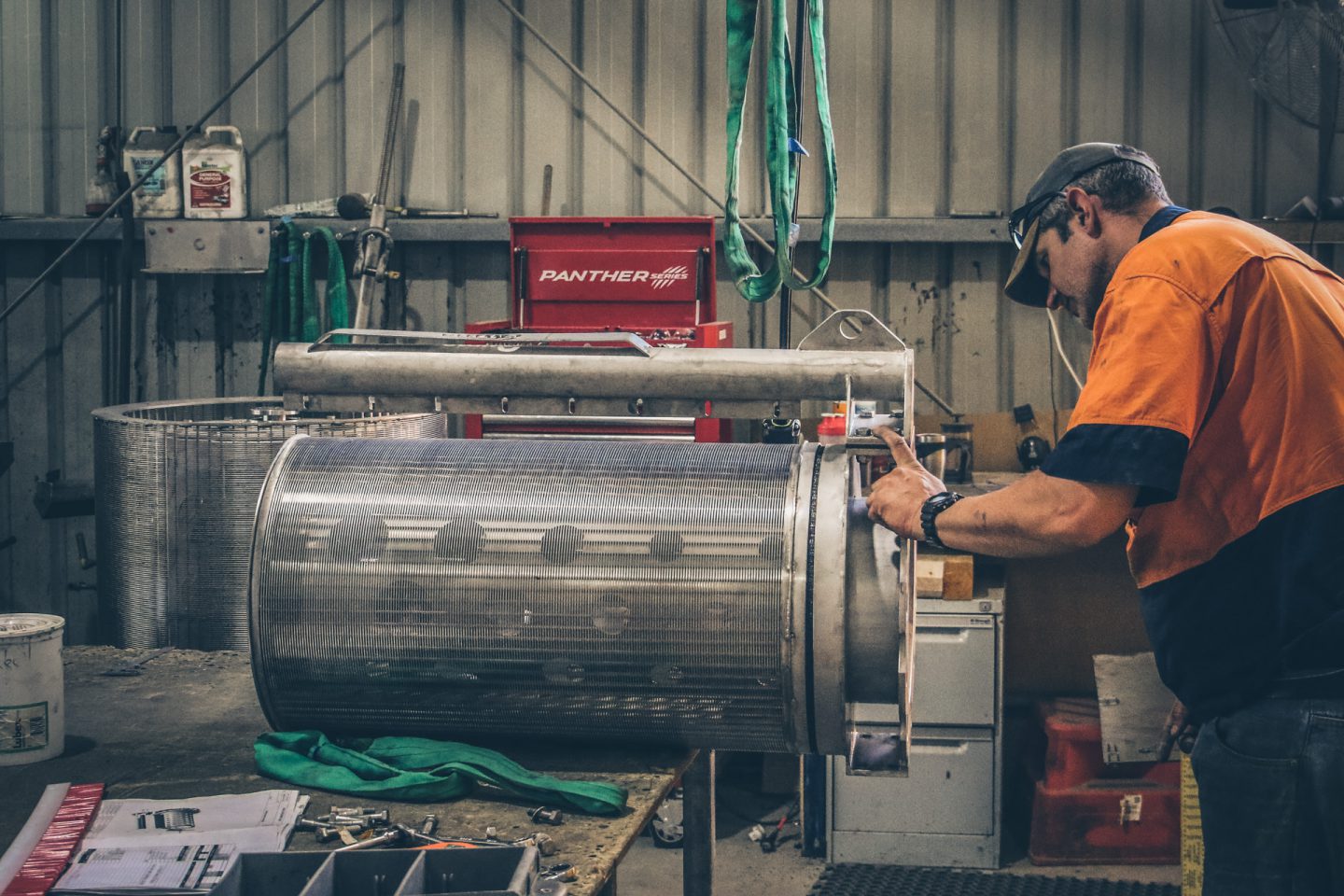
A cylinder screen being assembled in the AWMA manufacturing facility in Cohuna, Victoria.
However, Mr Kelly also points out that every time AWMA builds a fish screen there are significant economic benefits beyond his company. Mr Kelly was asked to quantify these after completing a large pump screen installation for the Trangie-Nevertire Scheme on the Macquarie River. In addition to employees at AWMA’s office and manufacturing facility – across sales, marketing, engineering, drafting, project management, procurement, administration, stores, material preparation, fabrication and fit out – there are all the external contributors. Over 10 suppliers of components, transport and logistic companies, CFD modellers, a local installer using a local cranage and excavation crew, and local hospitality businesses accommodating the screen installation crew. This is all money being injected directly into regional towns that have been doing it tough recently through drought and COVID.
“So now when someone asks me how many people it takes to change a screen, I have an answer. Conservatively, over 67 individual people play a part in making one fish exclusion screen from 27 companies, working in all sectors across Australia, over half of them in regional areas”, Mr Kelly said.
